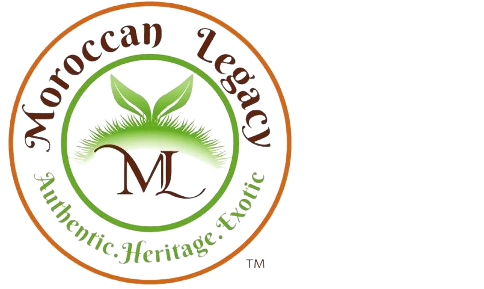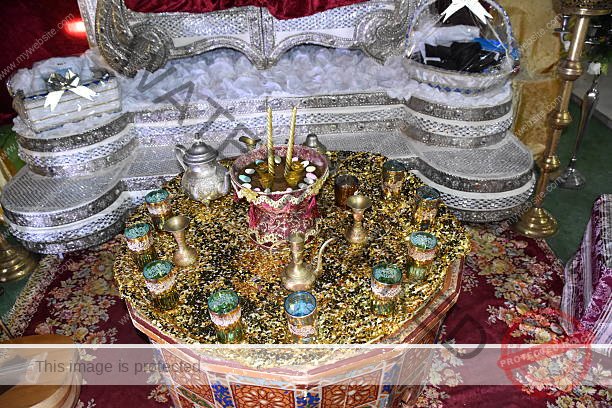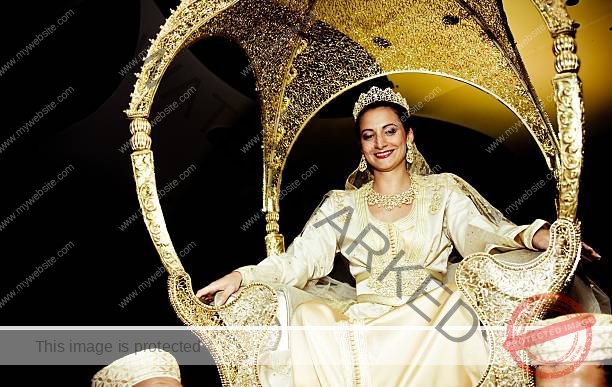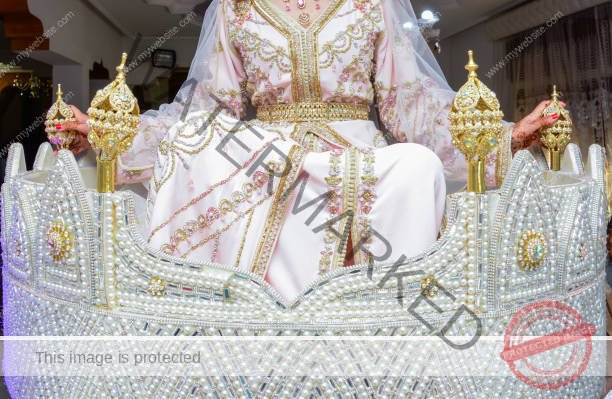Moroccan Wedding Celebrations
Moroccan wedding celebrations are a simple and colorful representation of this North African country, defining its vibrancy through music, dance, customs, and festivals. These are not celebrations of two people in love but of the marriage of two families, two clans, or two tribes. Moroccan wedding celebrations are known for their exotic banquet, pomp, circumstance, and celebrations, which may span several days. Here now is a look at the Moroccan wedding ceremony and the duration of celebration: this article will present to the readers one of the most colorful cultures in the globe.
The Engagement: Setting the Stage for Moroccan Wedding Celebrations
Moroccan wedding celebrations are in fact commenced several weeks before the event of the wedding takes place. The rituals of engagement begin with the khotoba, which a dialogue commonly is known as the marriage engagement proposal. This is a very important event—before that, according to traditions, the groom’s family should come to the bride’s to ask for her hand. On this visit, the families exchange gifts such as sugar, milk, and henna, and occasionally they give each other gold chains.
The engagement party that ensues is actually a warm-up to the main Moroccan wedding celebrations of the evening in Stores. It’s a time the two families gather to eat a meal and discuss the wedding preparations as the bride prepares for the wedding. This is a significant event that lays a foundation of rapport between the two families and is an important event to kickstart any celebration.
Pre-wedding rituals: purification and preparation
With the dawn of the day, Moroccan wedding celebrations increase with a series of pre-wedding ceremonies. Among them, the most important is the “hammam” visit. The bride with female relatives and friends goes to a Moroccan bath to be washed and purged. From this event, it is not simply washing off the body as some people may think; it is mostly regarded as spiritual washing for the bride in anticipation of the new phase in her reproductive calendar.
The other significant pre-Moroccan wedding celebration ceremony could be termed “henna party” or “mehndi.” Traditionally performed a couple of days before the wedding, this event for women only is characterized by the special body artwork, henna. They are reportedly supposed to bring in good luck and also to chase away bad luck spirits. A henna party is full of music, dance, women’s togetherness, and celebrating an important rite of passage in the life of a bride.
The Wedding Day: A Feast for the Senses
The focus of Moroccan wedding celebrations is, naturally, the wedding day. Moroccan wedding ceremonies have always been regarded as magnificent and lavish; the ceremonies might take three to seven days depending on the culture of respective families and regions. There is always a central celebration that normally starts in the evening and lasts for days.
One can refer to Moroccan wedding celebrations and that one part that I’ve been excited about—the bride’s entrance. The bride herself is put in a kaftan, mostly brightly colored—red, green, or gold—and enters on an ‘amariya’ which is a chair or a sort of raised platform. This entrance is in pomp and color, backed by music, the shrilling of the woman folk, and in some rural areas, the firing of guns, though this is now rapidly dying out.
Traditionally, the bride may wear as many as several gowns, and they are worn throughout the reception, and one dress is more splendid than the other. These costume changes are one essential feature of Moroccan wedding celebrations, where the beauty of the bride and prosperity of the family are revealed.
The Feast: A Culinary Journey
It will be remiss of this discourse not to mention the feast on Moroccan wedding celebrations. One of the hobbies that are unique to Morocco is the great variety of great dishes that are served at Moroccan weddings. Perhaps the most famous offerings are tagines, or slow-cooked stews, couscous, and pastilla, which is a pasty dish with vegetables and almond stuffing, and there is usually a great variety of attractive salads and side dishes too.
The meal is normally offered in the manner of a course food, and the staple food is the roasted lamb prepared whole in order to depict the aspect of hospitality. Magical As good hosts, sweet mint tea is served all through the ceremony. In other words, the feast is not a question of eating; it is about guests running around, talking to each other, and celebrating the joyful, Moroccan Wedding Celebrations essence of Moroccan Wedding Celebrations.
Music and Dance: Thus the ‘heartbeat’ of the ‘celebration’ remains the only way to view it.
Music and dance are inherent to Moroccan wedding celebrations. In conjunction with these celebrations, Moroccan traditional music, including the Oud, the Qanun, and Darbuka, is played throughout everything. There is always a hired band for a practice in professional functions or for entertainment, whereby there will always be evoking dances on the dance floor.
The topic” is fascinating because of the numerous traditional dances presented in Moroccan wedding celebrations. Dancing is that the bride and groom have a common dance where they waltz and portray that they are now together. This is followed by Moroccan dances such as the Chaabi, a fun dance that involves the use of stools, or the more erotic belly dance. It definitely requires a lot of glamour and moves, which is as Moroccan as it is possible to get when it comes to music and dance.
Regional Variations in Moroccan Wedding Celebrations
As such, Moroccan wedding celebrations One thing worth reiterating here is that Moroccan wedding celebrations may differ as per the geographical location or origin of the couple. For instance, the Berber people of the Atlas Mountains would have vastly different wedding traditions compared to the ones practiced in cities. The regions that are close to coastal districts might use design features that would represent the power of the sea.
These regional varieties definitely give extra flavor and improve Moroccan wedding celebrations, so that every wedding is an individual representation of the couple’s nationality and their families’ traditions.
Conclusion
Moroccan wedding celebrations are examples of the elaborate culture, family-centered families, and fun-loving people in the country. Such activities are not only the official ceremony; they are an active, rich-minded people with their culture and a manifestation of love. Starting from the beautiful body art henna and ending up with the Moroccan music, everyone and everything involved in these celebrations speaks of a culture of openness and unity.
FAQs
How long do Moroccan wedding celebrations typically last?
Moroccan wedding celebrations may take between three and seven days to complete, depending on the family or local community’s customs. The main ceremony may last for one or several nights, but the events that take place before the marriage ceremony and after the wedding can turn the celebration into several-day festivities.
What should guests wear to Moroccan wedding celebrations?
People who attend Moroccan wedding celebrations wear formal, colorful outfits. Women tend to dress in kaftans or other Moroccan national costumes, and men are dressed in a shirt and trousers or Moroccan national dress, djellaba. One should always double check with the hosts when there are doubts as to the dress code, because it might differ from family to family and celebration kind.



